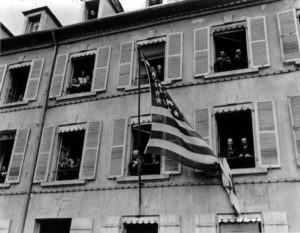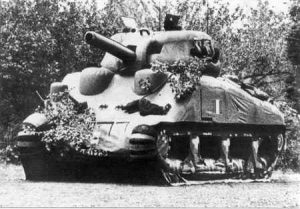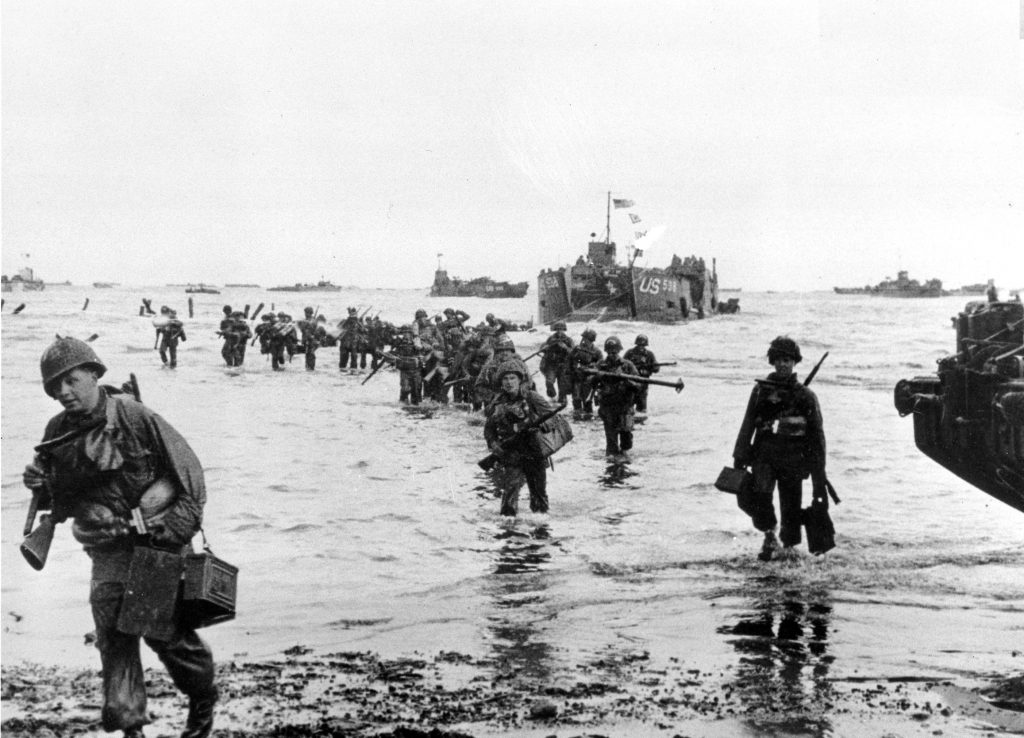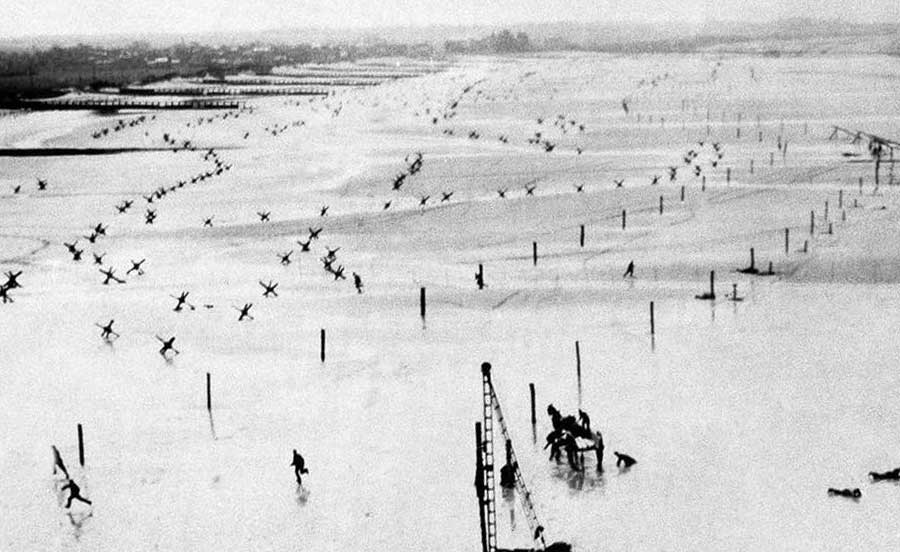Several months ago, while I was researching an article for The Girl Who Wore Freedom, my daughter entered the room. She watched over my shoulder as I viewed an online interview of a veteran. She asked, “Why do they keep calling it Utah Beach? Didn’t you tell us that the soldiers landed at Normandy?”
That simple question stopped me in my tracks because this was an opportunity. One of the aspects of life in  Normandy that I love is that they prioritize teaching their children the history and significance of their communities. I also love their simple approach of listening and sharing stories.
Normandy that I love is that they prioritize teaching their children the history and significance of their communities. I also love their simple approach of listening and sharing stories.
At this moment I set aside my research and took the time to share some stories with my children. I called my son into the room so he wouldn’t miss out and we spent the afternoon asking questions, finding answers and listening to the stories behind the largest invasion in history.
With the anniversary of the landings just under three weeks away we thought some of their questions might be some of your questions too.
“Why do they call it Utah Beach?”

‘Utah’ was the code name given for that portion of the Normandy coast. There were five beach landing locations with the code names Utah, Omaha, Sword, Gold, and Juno. The Americans landed at Utah and Omaha, the British landed at Gold and Sword, and the Canadians landed at Juno.
“Who else landed on the beaches?”
Several Allied nations participated in the Normandy landings. In addition to the United States, Great Britain, and Canada, many soldiers from Australia, Belgium, Czechoslovakia, France, Greece, the Netherlands, New Zealand, Norway, and Poland also participated.
“Did a lot of people die?”
Sadly, yes. Historians have tried to accurately estimate the troops lost but it is difficult. At the end of June 6, 1944, it is believed there were 10,000 casualties and over 4,000 deceased; but that was just the first day. It is also important to remember that many French civilians also died during the landings and as the invasion continued inland.
“If the landings were so difficult why did they invade there?”
The Allies had known for some time that a second front needed to be opened in the west. The Germans assumed the landing would be near Calais where the distance across the Channel is the shortest. The Allies encouraged the German assumptions with misinformation and even a fake army across the Channel.
 “There was a fake army?”
“There was a fake army?”
There were many different counterintelligence plans that specialized in providing misinformation to the German occupation forces. There was the Ghost Army of Operation Quicksilver, as well as Operation Bodyguard and Operation Fortitude which worked nonstop to keep the German focus away from the actual landing location. For months, the Allies used hours of fake radio messages, mockups of airplanes and equipment- including inflatable tanks, to reinforce the idea that they were planning to land their forces at Calais.
“What was Operation Overlord?”
Operation Overlord was the codename given for the Allied invasion into Northwestern Europe. The actual amphibious landings and securing of Normandy was just the first part of a larger battle plan. It was given the code name, Operation Neptune.
“When was D-Day?”
 This is actually a trick question and a trick answer. The term D-day was used as early as WWI, to refer to the day an invasion or operation would be. Military planners would use “D-4” to mean four days before the Day or “D+8” to indicate eight days after. So literally speaking there were multiple D-days over the course of World War II.
This is actually a trick question and a trick answer. The term D-day was used as early as WWI, to refer to the day an invasion or operation would be. Military planners would use “D-4” to mean four days before the Day or “D+8” to indicate eight days after. So literally speaking there were multiple D-days over the course of World War II.
And yet there is really only one D-Day, June 6, 1944. On that day almost 75 years ago thousands of men, many of them just boys, were asked to do the impossible and succeeded. The landing included over 5,000 ships, 11,000 airplanes, and over 150,000 servicemen. From their personal accounts, these men endured hell because freedom is never free.
We believed that the people of France, Luxembourg, Belgium, and numerous other countries deserved to be liberated, deserved their freedom and deserved our sacrifice. Even today, the people of Normandy believe the best way to thank and honor this sacrifice is to capture the soldiers’ stories and share them with every generation to come.
That’s where The Girl Who Wore Freedom comes in. We feel that the stories of the people of Normandy also need to be captured and shared with the generations to come. Can you make a small donation to help us finish the film?
What facts, questions, or stories about D-Day do you have? We’d love to hear them! Maybe we’ll even feature them in a future blog post, podcast episode, or social media post. All you have to do is leave a comment below or contact us directly.



NEIGHBORS AND FRIENDS
May 25, of 2015. Overcast skies give the day a solemn feel. Just warm enough to leave the jacket at home, but cool enough to be comfortable with it on.
It’s a small town, Joliet, Montana, the place I have adopted. Nestled in a river valley against the backdrop of snow capped mountains, it’s a well worn little town. Comfortable. A place that time hasn’t noticed for a while. Just far enough off the beaten path that the future never calls. You can leave and chase your dreams, and when you come back, not much has changed.
In a small town like Joliet, you know your neighbors. They are your acquaintances and your friends. At the cafe, they know how you like your ice tea. At the grocery, they know your first name. Two forms of identification? No—not even one. The librarian knows what kind of books you like to read.
Gathered at the cemetery this morning are members of this community. For the most part we are well beyond the years attained by those we are here to honor. Remembering comes with age, it seems. Reverence with understanding. Gratefulness as we realize the gift of freedom given us. We are here to commemorate the sacrifice of the fallen.
They are buried here and around the world.
We honor their brief lives by remembering what they have given to us.
There are no large parades here today, with all their spit and polish and precision unmatched. No bands playing with music that stirs the soul. No flyovers displaying the power that you feel deep inside at the center of your being.
No—not here in Joliet. Here in Joliet, Montana, it is up close and personal. This morning in Joliet, I am here to remember.
They were my neighbors—and my friends.